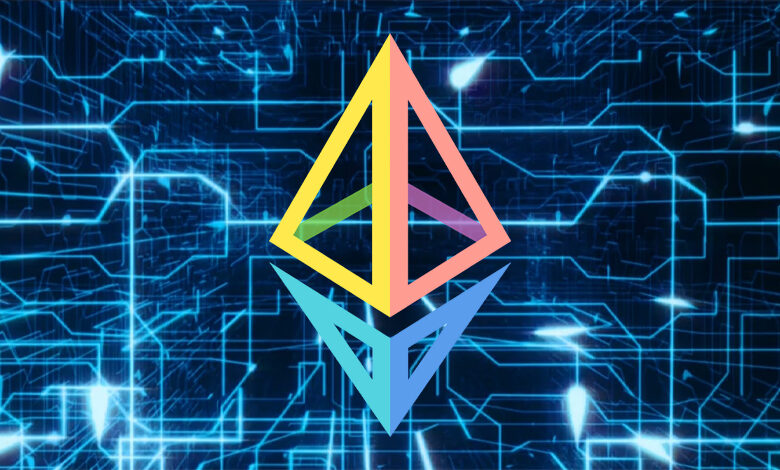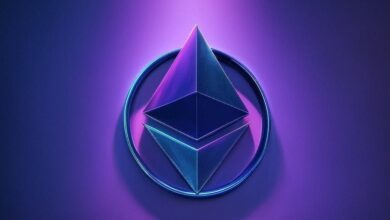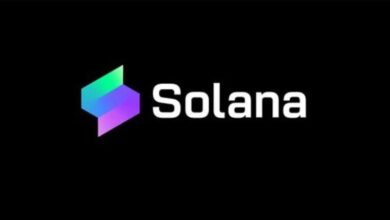Beam Chain: Ethereum’s Boldest Upgrade Since The Merge?

At Devcon on Tuesday, Ethereum researcher Justin Drake unveiled a remarkable new proposal for the blockchain’s consensus layer, named “Beam Chain,” which some are calling “Ethereum 3.0.”
The proposal aims to significantly enhance Ethereum’s speed, scalability, and long-term security by addressing several key issues within the network’s current design.
One of the central goals of Beam Chain is to reduce block production times, targeting faster second block times and smaller validator stakes. This upgrade would introduce a range of technical improvements, including “chain snarkification,” a reference to the implementation of zero-knowledge virtual machines (zkVMs) that could make Ethereum post-quantum secure.
As Drake explained, Beam Chain would aim to reduce the current block production time of 12 seconds to just four seconds, with block finality achieved within three slots.
Currently, validators are required to stake 32 ETH to activate a validator node on Ethereum’s Beacon Chain. Beam Chain proposes reducing this staking requirement to just 1 ETH, which could lower the barrier for entry and potentially increase network participation.
This reduction in staking requirements, alongside other changes in the proposed upgrade, is seen as a way to correct some of the flaws in Ethereum’s existing consensus layer design.
While Beam Chain could have a transformative impact on Ethereum’s scalability, it could also fundamentally alter the ecosystem. The proposal suggests that Ethereum could achieve significant scaling without relying on Layer 2 solutions, addressing concerns over the increasing use of rollups and their impact on the base layer.
As Doug Colkitt, founder of Ambient Finance, pointed out ahead of the announcement, Beam Chain’s ability to scale could effectively eliminate the need for rollups, enabling Ethereum’s base layer to handle arbitrarily large blocks, according to The Block. However, this would come at the cost of centralizing block building, a tradeoff that could shift the ecosystem away from home builders and towards professional builders.
Beam Chain’s potential to solve Ethereum’s scalability issues while maintaining decentralization is still an open question. According to Colkitt, there’s a growing internal debate about how to strike the right balance between scalability and decentralization. While the idea of removing gas limits and allowing larger blocks is attractive, it could lead to increased centralization, which is something the Ethereum community has historically worked to avoid.
Drake, who described the proposal as “the most ambitious initiative to date” in a recent X post, has been working on the concept for over a year, collaborating with researchers and developers to shape his vision. His efforts reflect his long-term commitment to improving Ethereum’s consensus layer, even in the face of challenges.
It is worth noting that recently, Drake resigned from his advisor role at the Restaking platform EigenLayer, citing concerns over potential conflicts of interest related to token allocations.
If the Beam Chain proposal gains enough support and is eventually implemented, it could mark Ethereum’s most significant upgrade since the Merge, which occurred in September 2022. The Merge was a major transition for Ethereum, moving the blockchain from a proof-of-work to a proof-of-stake consensus model, drastically reducing the network’s energy consumption and paving the way for future scalability enhancements.
In anticipation of Drake’s keynote, the Ethereum Foundation made a notable move, selling 100 ETH for $334,316 in DAI, which some view as a sign of preparation for the potential implications of the Beam Chain proposal.
While the proposal is still in its early stages, it highlights Ethereum’s ongoing evolution as a platform committed to addressing scalability and security challenges.





